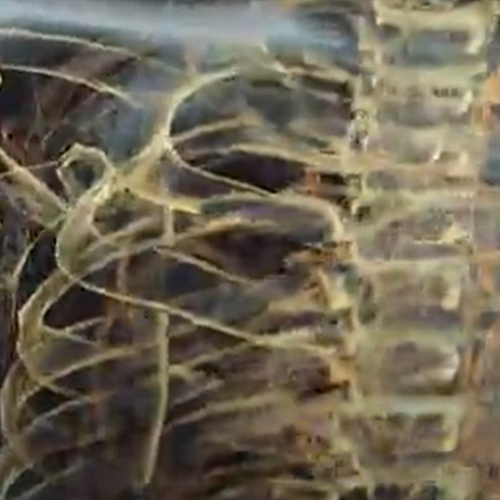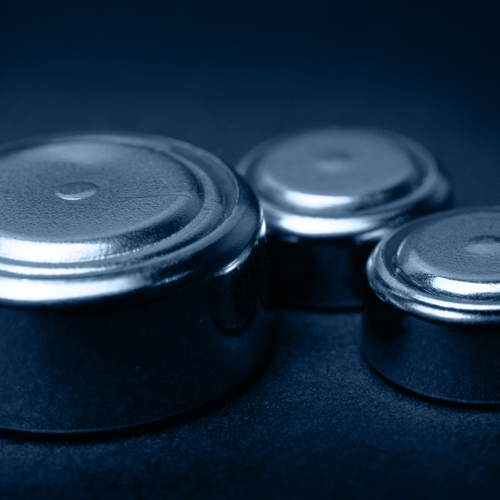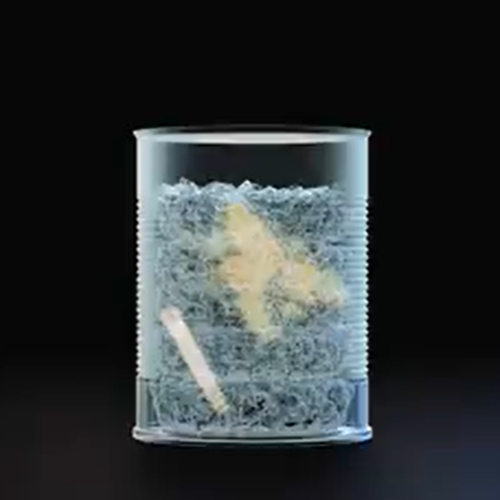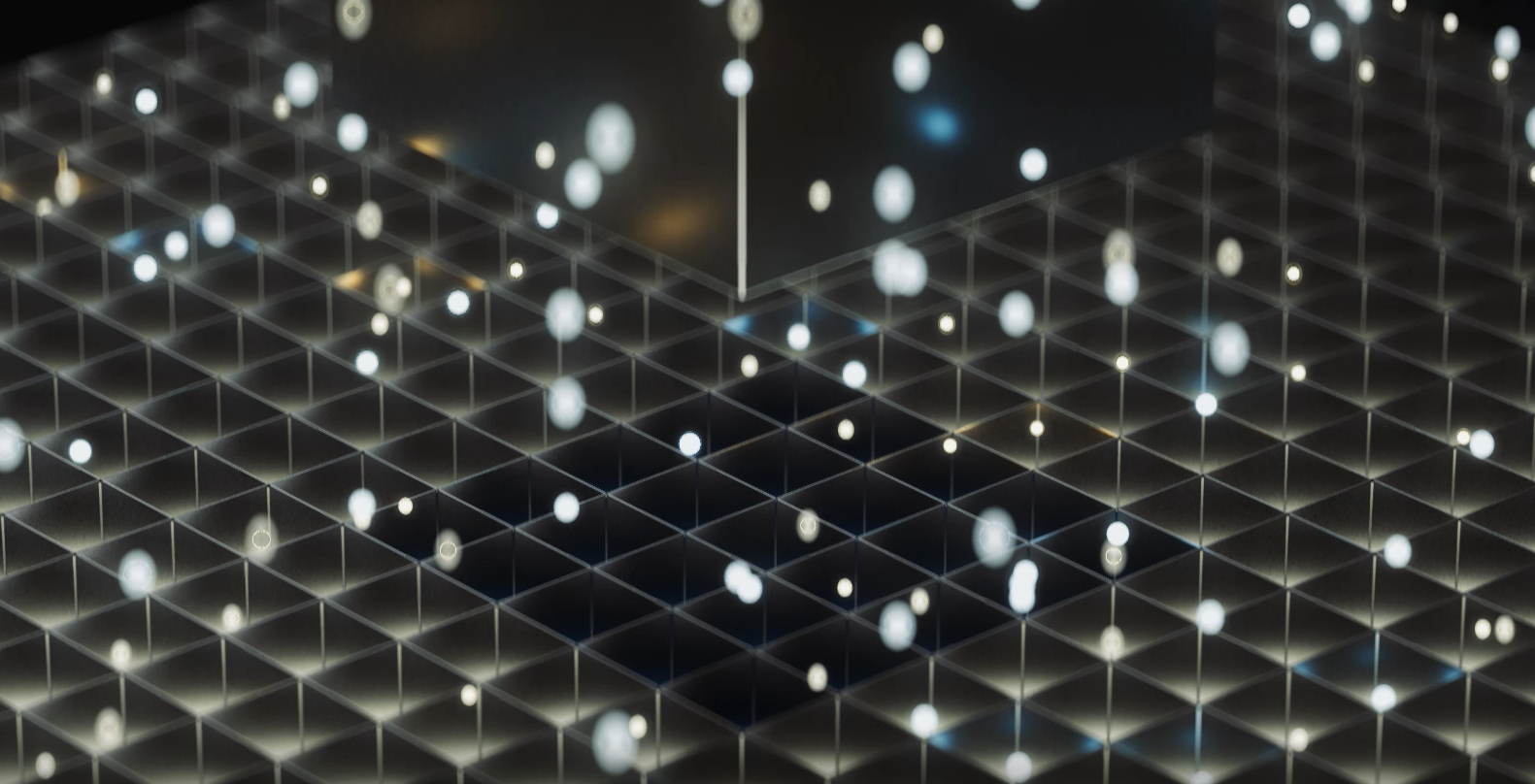
PHOTON COUNTING
Photon counting technology has been around for a while, but it is now more available than ever and has the potential to revolutionize X-ray imaging as we know it. Our engineers at Direct Conversion developed the first affordable photon counting detectors, and together we have worked together to bring our customers the latest innovations in both photon counting detectors and traditional X-ray detectors. We strive to make sure we provide high quality imaging solutions for both medical modalities and non-medical industries, and new photon counting detectors are part of that vision.
Photon Counting Technology
Photon counting detectors have distinct advantages that can improve on current X-ray imaging. The use of direct conversion technology means X-ray photons are converted directly into an electrical charge, resulting in reduced noise when compared to x-ray images created by conventional detectors which need to convert photons into light through a scintillator. Direct conversion therefore results in higher spatial resolution during the imaging detection process. These benefits can be provided at lower dose, an advantage for medical photon counting imaging systems.
Charge
Integration
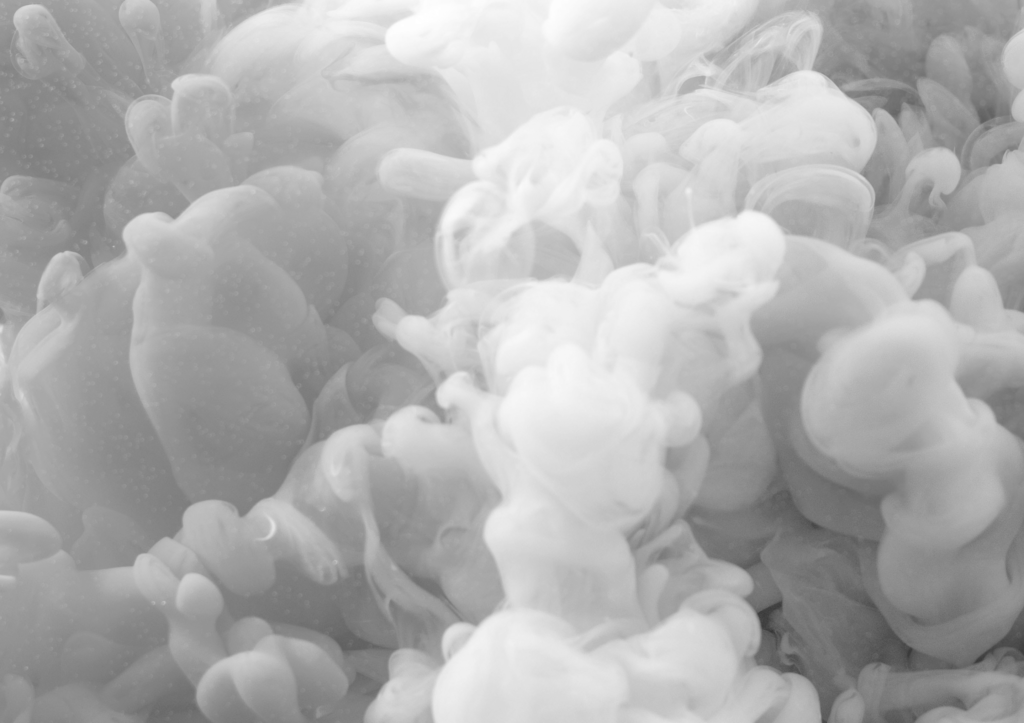
Charge integrating detectors work through using an intensity signal based on the cumulative charge distribution of each exposure window being read out per pixel. This intensity signal is comparable to black-and-white photography, which only records the brightness of the photo.
PHOTON
COUNTING

Photon counting detectors record the energy value of every incident x-ray photon, allowing them to be compared to one or more energy levels. Unlike the intensity signal used in charge integrating detectors, photon counting detectors create spectral images, which are more comparable to color photography.
Cadmium Telluride – A key convertor material
Cadmium Telluride (CdTe) is a crystal compound that is key to our current generation of photon counting detectors. High density CdTe crystals are used as a compound semiconductor in our photon counting technology, absorbing radiation and efficiently converting it into an electronic signal. CdTe’s ability to directly convert radiation into an electronic signal is what makes CdTe detectors so accurate when compared to traditional X-ray detectors that rely on scintillators to convert the X-ray radiation to light in the process.
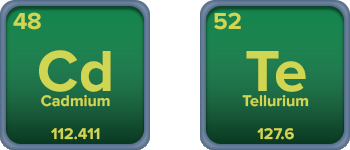
Our Photon Counting Detector Lineup
DC-Thor
The DC-Thor series of photon counting detectors were designed for applications that require X-ray detectors that are robust and radiation hard. This detector’s photon counting technology allows for sharp image quality and high sensitivity, and the radiation hardness of its CdTe helps extend the detector’s lifetime.
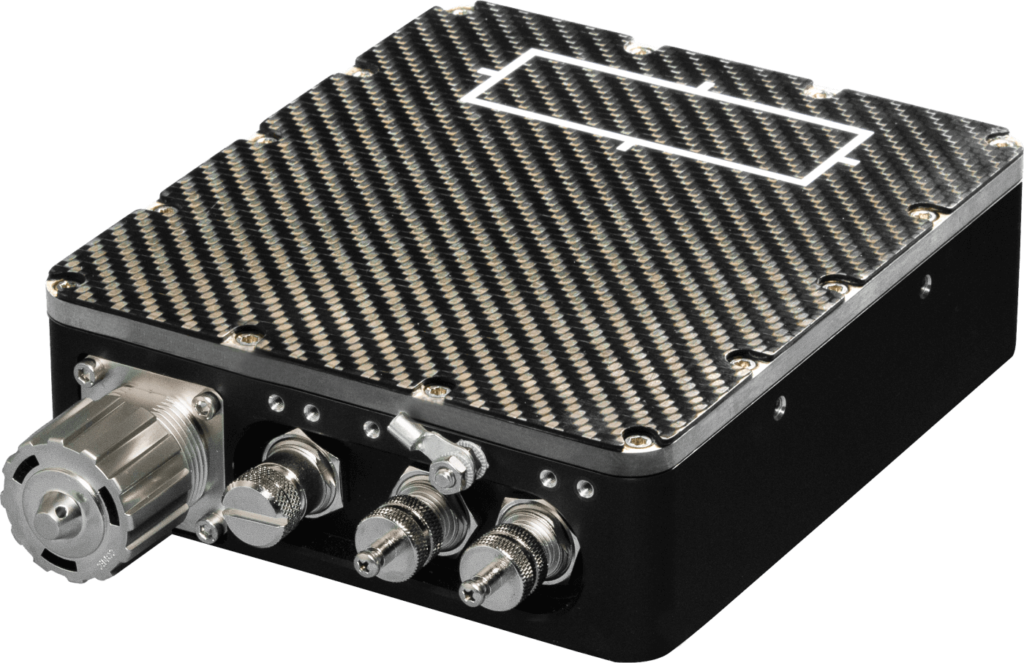
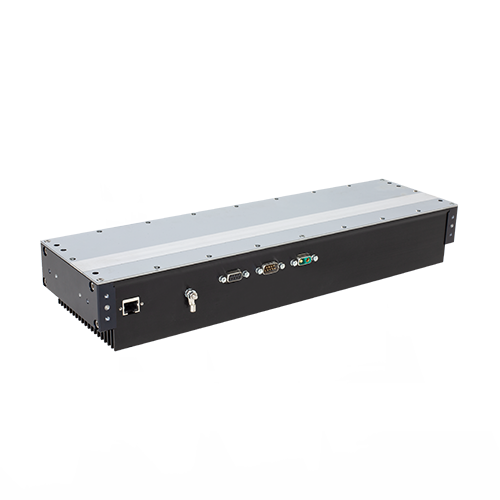
DC-TDI
The DC-TDI series of detectors allow for both single and dual energy photon counting detection. These detectors are ideal for line scan applications that require both high speed inspection and material discrimination, both of which the DC-TDI can handle through its CdTe photon counting technology.
DC-TDIX
The DC-TDIX photon counting detector series was engineered for ultra-fast, high sensitivity imaging in an industrial environment. This series of photon counting detectors is our longest, with lengths of up to 1m available, as well as our fastest, being able to image 20,000+ lines per second (2m/s) at full resolution.
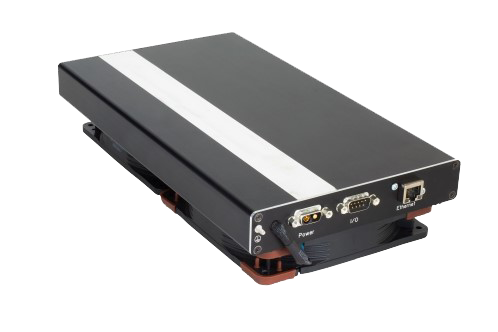
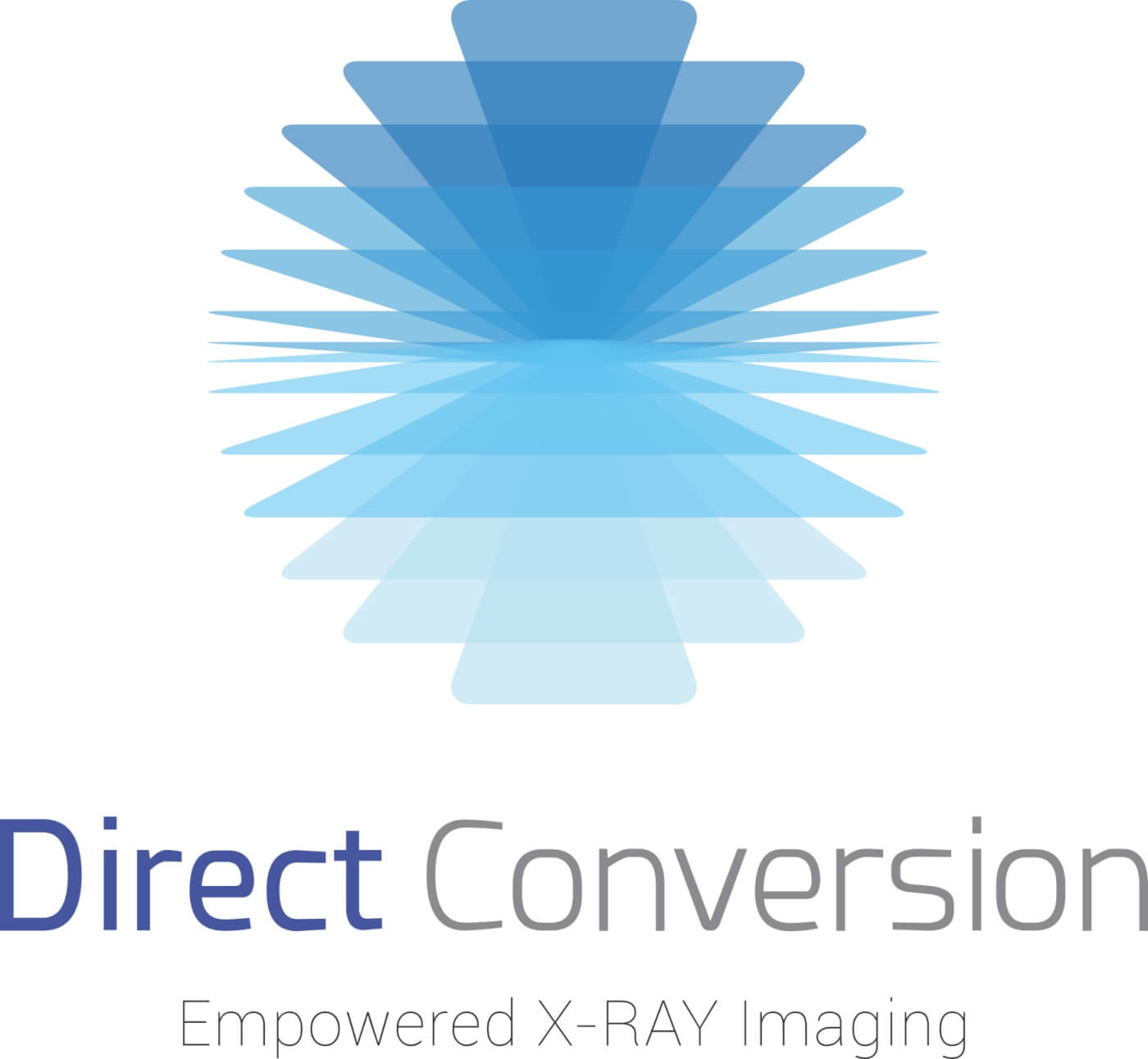
Who is Direct Conversion?
Direct Conversion is a pioneer in the field of photon counting detector technology and was the first company to bring affordable photon counting detectors to market, becoming the largest manufacturer of cadmium telluride detectors in the world. In fact, Direct Conversion was the first manufacturer to incorporate cadmium telluride in commercial X-ray detectors.
Direct Conversion started out as XCounter, a Swedish company founded in 1997 as a group of specialists in engineering, ASIC development, and electronics who were exploring the potential of photon counting in X-ray imaging. XCounter pioneered the photon counting X-ray detector by designing detectors that replace the traditional scintillator with direct conversion technology that directly converts photons into electrical signals.
As XCounter grew and matured, the company acquired Finnish design and manufacturing company, Ajat. The acquisition of Ajat brought in new depth and experience to XCounter, bringing in expertise in cadmium telluride bump bonding, which was vital to the continuing development of XCounter’s photon counting detectors. With Ajat’s expertise, XCounter was able to release its first solid state photon counting detector in 2012.
In 2016, Direct Conversion was created, taking its name from the X-ray technology it helped pioneer and bringing both XCounter and Ajat under a unified name.
Varex Imaging acquired Direct Conversion in 2019 and is proud of its extensive range of photon counting and traditional X-ray detectors that provide high-quality imaging for radiographers, dentists, and engineers around the world.
